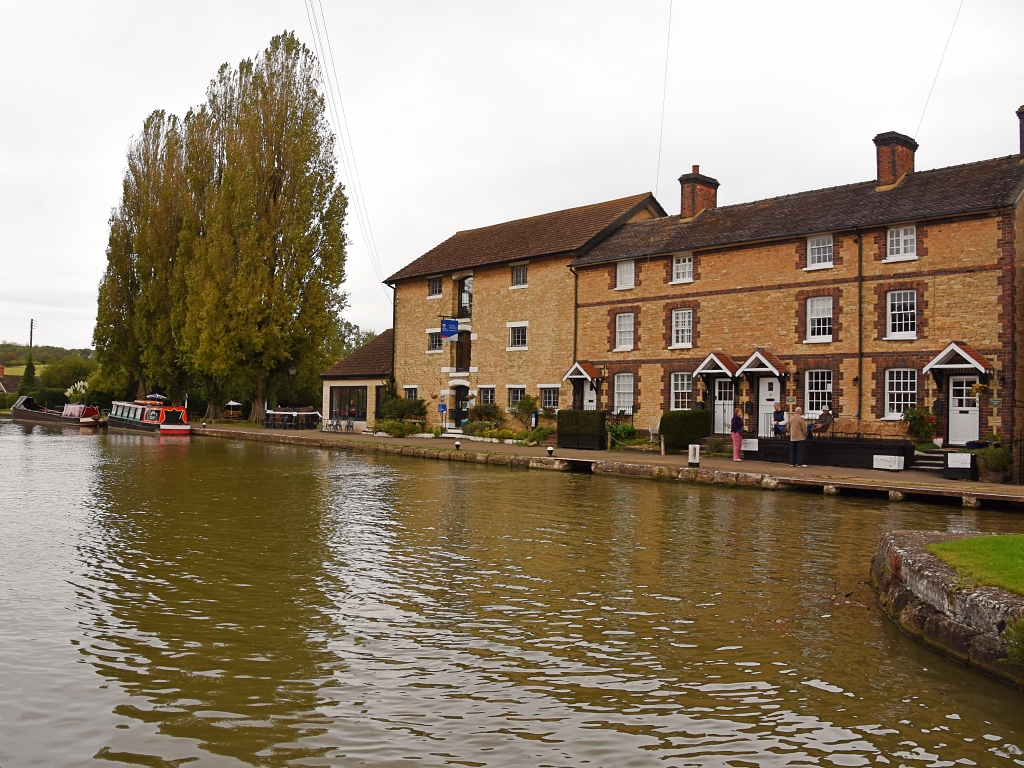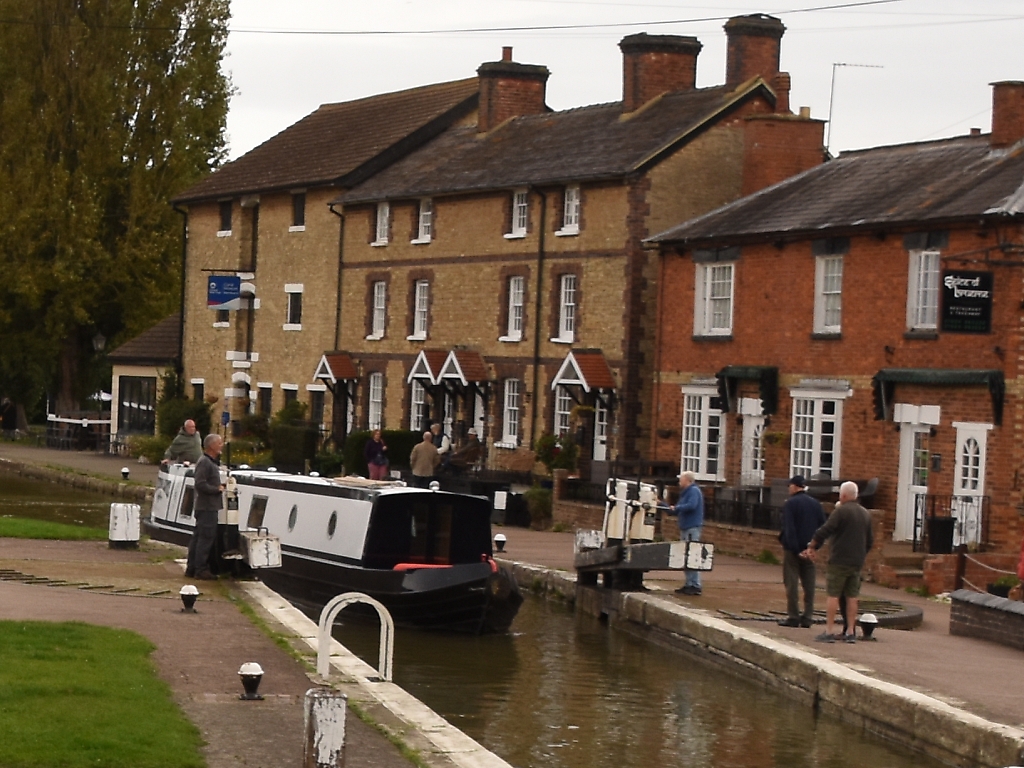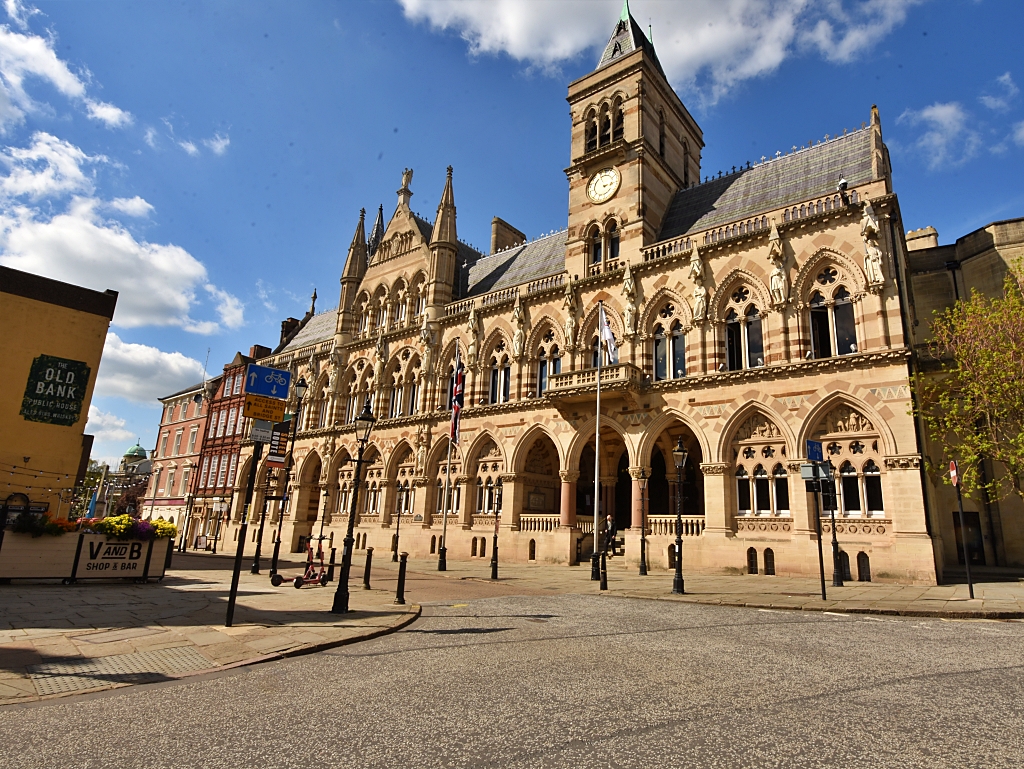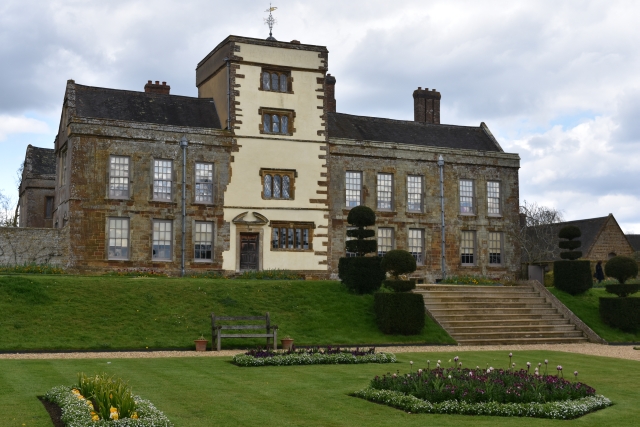Fotheringhay Castle
Birthplace of a King and Execution Site of a Queen
The small Northamptonshire village of Fotheringhay sits peacefully next to the River Nene. It’s pretty much just one road with some lovely stone houses, many of which are thatched, an elegant church that appears too big for its parishioners, and a pub surrounded by rural farming landscape. Most people who find themselves travelling along this road will pass through and comment “that was a nice village”. But if you take the time to stop, you’ll be in for a pleasant surprise as this “nice village” is steeped in history centred around Fotheringhay Castle.
There's little left of Fotheringhay Castle, just the earthworks and one lump of stone masonry from the castle keep, so you may be excused for missing it. Though the earthworks are impressive and a quick climb up onto the motte gives grand views across the River Nene and surrounding countryside. What the earthworks don't reveal is that the castle was once the preferred residence of the dukes of York, and this sleepy village would have been a much busier place than it is today. In the church you can find signs of the royal connection including the tombs of Richard, 3rd Duke of York, the father of King Edward IV, and of Edward's brother, Edmund, Earl of Rutland, who were killed at the Battle of Wakefield. Also, on the wall of the church porch is a stone lion from a family coat of arms that was originally from the castle. And from the road, parts of the New Inn, a hostel for royal guests, are still visible.
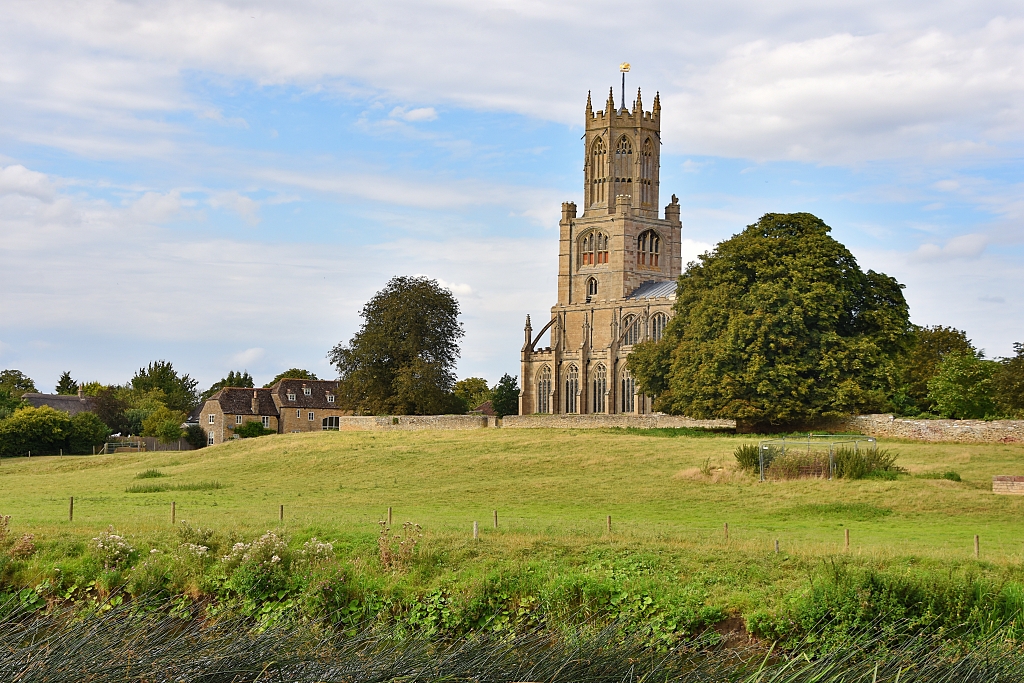 View Towards Fotheringhay from the River Nene © essentially-england.com
View Towards Fotheringhay from the River Nene © essentially-england.com
History of Fotheringhay Castle
After the Norman Conquest of 1066, William the Conqueror gave the land around Fotheringhay to his niece, Judith of Lens, who was the wife of Waltheof, Earl of Northumbria. Their eldest daughter, Maud, inherited the Fotheringhay estate and married Simon de Senlis, Duke of Northampton, around 1090. He also became the Earl of Huntingdon and in about 1100 built the first Norman castle at Fotheringhay to defend the river crossing.
Simon died in 1113 and Maud went on to marry Prince David of Scotland. David became King of Scotland and gained Fotheringhay Castle along with other property across Huntingdonshire. Ownership then descended through the Scottish princes until 1219 when King John of England seized the castle.
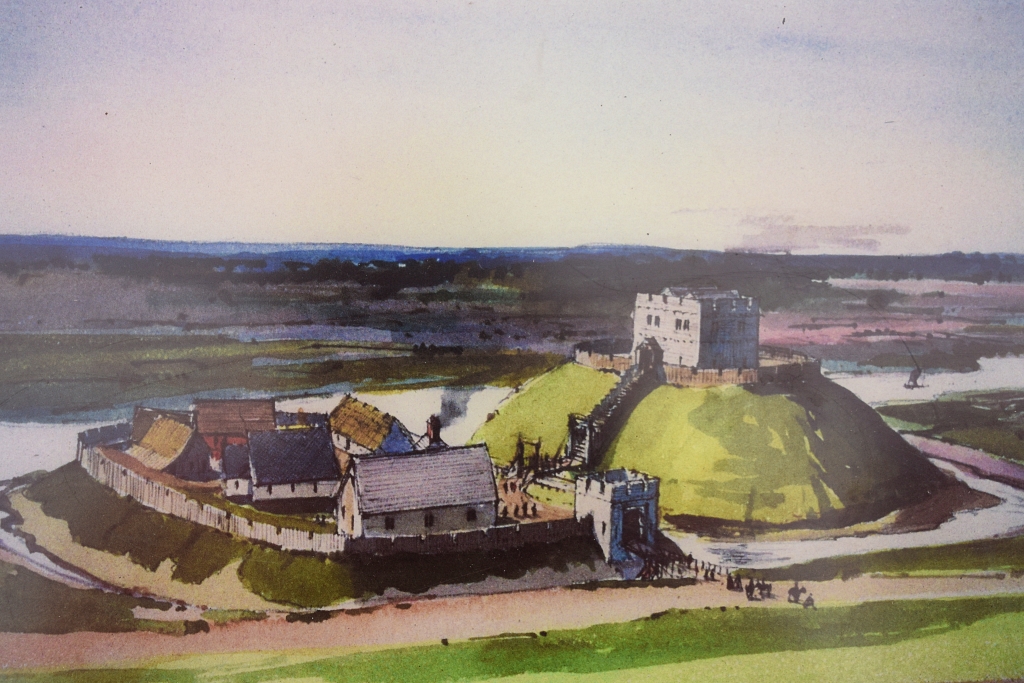 Artist's Impression of Fotheringhay Castle in Norman Times (photo of Northamptonshire County Council information board)
Artist's Impression of Fotheringhay Castle in Norman Times (photo of Northamptonshire County Council information board) © essentially-england.com
Over the next 150 years, Fotheringhay Castle changed hands many times and was home to several barons. In 1377, the castle came back under royal control when the countess of Pembroke died and King Edward III then gifted Fotheringhay Castle to his son, Edmund Langley. In 1385, Edmund was created the 1st Duke of York and the castle became his primary residence, establishing the powerful House of York.
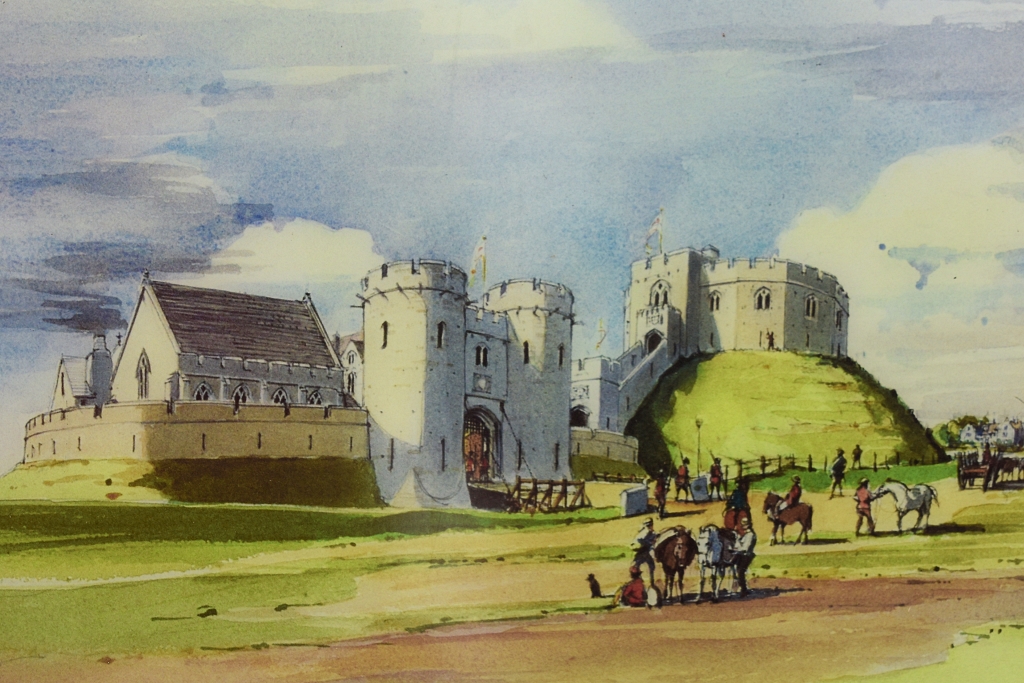 Artist's Impression of Fotheringhay Castle Around 1400 (photo of Northamptonshire County Council information board)
Artist's Impression of Fotheringhay Castle Around 1400 (photo of Northamptonshire County Council information board) © essentially-england.com
Edmund spent a lot of money on strengthening and improving the living conditions of his castle, making it a comfortable residence and administration centre. When he died in 1402, his eldest son, Edward, inherited the castle and title. Edward founded a small monastery at the castle for a group of monks to say prayers for the York family. In 1411, a cloister, choir, and chapel were added to the existing Norman church on the site of the present Church of St. Mary and All Saints. The monks left the castle and moved into the church. Edward died in 1415 and as he was childless Fotheringhay Castle passed to his nephew Richard who was three years old at the time.
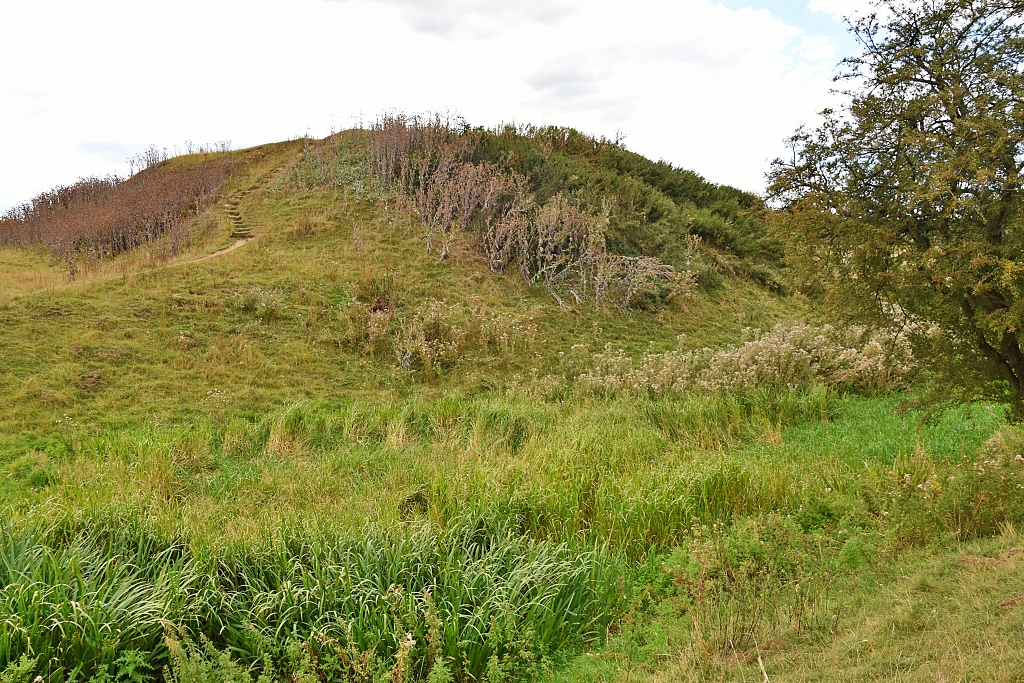 The Motte and Moat at Fotheringhay Castle © essentially-england.com
The Motte and Moat at Fotheringhay Castle © essentially-england.comRalph
Neville, the Earl of Westmorland, and head of the influential northern Neville
family, was approved as Richard’s guardian, and eventually married the young man to his daughter, Cecily.
Despite the itinerant lifestyle of most noble families of the time, Richard, the 3rd Duke of York, and his wife kept Fotheringhay Castle as a favoured residence and in 1434 started to rebuild the Parish Church. It was a much larger building than we see today and the complex housed around 30 monks.
The couple went on to have twelve children. Five died very young and two would become Kings of England.
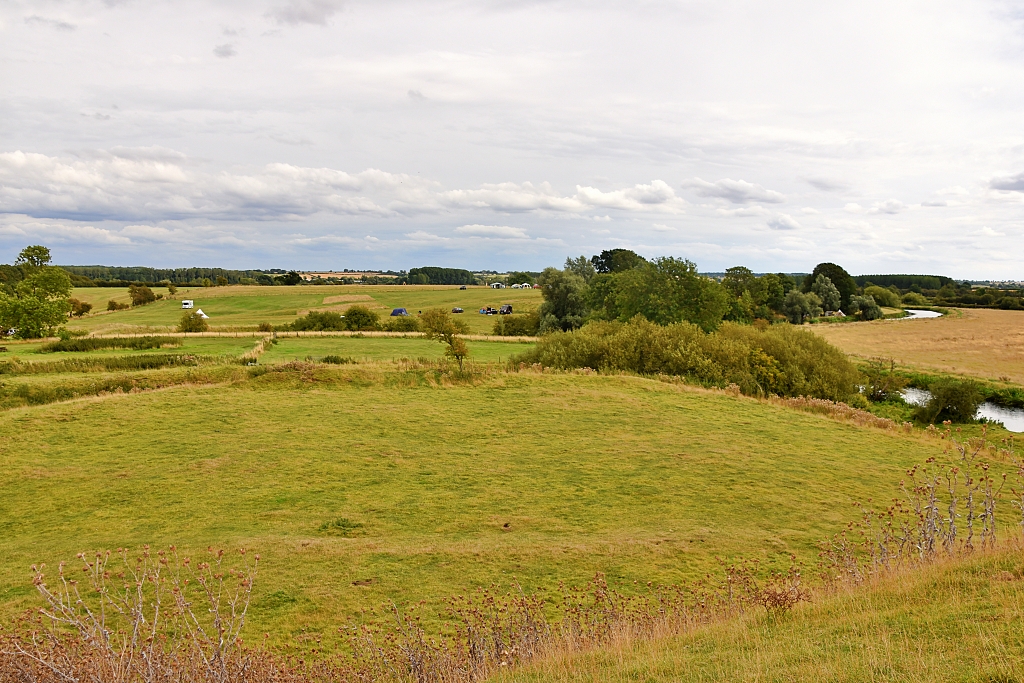 View of the Castle Bailey and Beyond From the Motte © essentially-england.com
View of the Castle Bailey and Beyond From the Motte © essentially-england.comKing Edward IV was the first son to be crowned King. Born in 1442 whilst the family was living in Rouen in France, he succeeded King Henry VI in 1461 and reigned, apart from a short spell of exile in Flanders, until his death in 1483. He enjoyed Fotheringhay Castle and commissioned many changes around 1465.
Richard and Cecily's youngest son Richard - destined to rule England as King Richard III - was born at Fotheringhay Castle in 1452. He reigned from 1483 until his death at the Battle of Bosworth in August 1485, which ended the Wars of the Roses and the rule of the House of York.
Richard of York died alongside his second son, Edmund, at the Battle of Wakefield in 1460. His wife, Cecily, continued living in Fotheringhay Castle and benefitted from the changes her eldest son, King Edward IV, made to the castle which included building the New Inn, just outside of the castle’s defences, to accommodate visitors. Part of the New Inn is called the “Queen of Scots Archway” and may have been where Mary Queen of Scots was held prisoner in 1586.
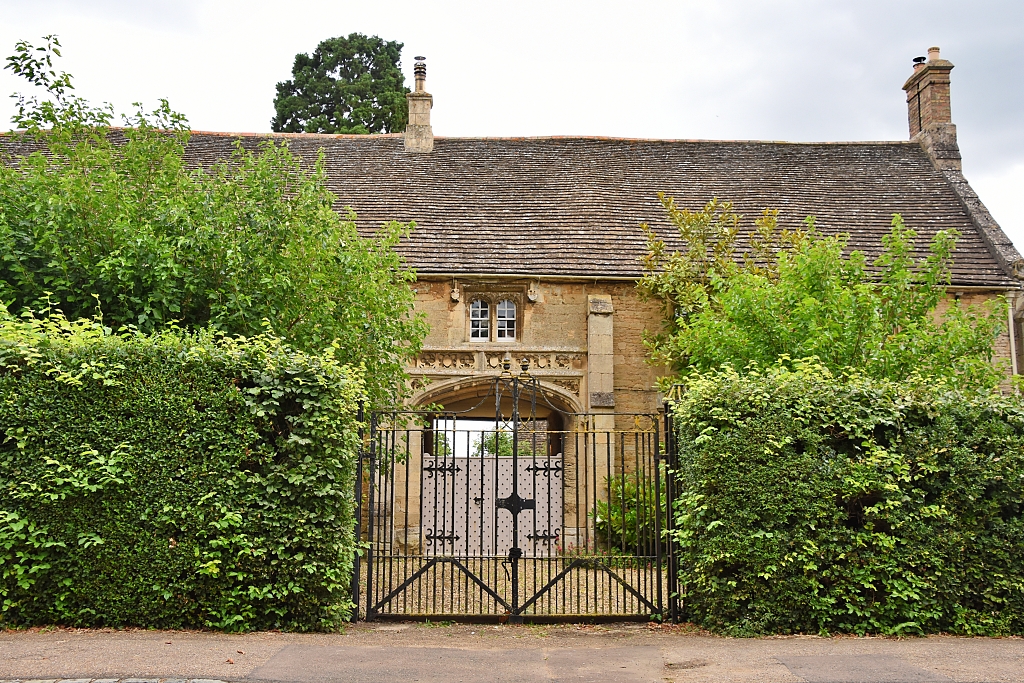 Queen of Scots Archway in Fotheringhay © essentially-england.com
Queen of Scots Archway in Fotheringhay © essentially-england.comAfter the death of King Richard III in 1485, King Henry VII bestowed Fotheringhay Castle to his wife Elizabeth of York. She stayed there many times along with his mother, Lady Margaret Beaufort, who had around forty rooms renovated for her household in 1505.
After the death of King Henry VII, the castle passed on to the new King of England, King Henry VIII, in 1509. The castle was little used and started to slowly fall into decline. Henry VIII presented the castle to his successive wives, the first being Catherine of Aragon in 1533. She liked the castle and started refurbishments.
By the time Queen Elizabeth I was crowned in 1558 Fotheringhay Castle was in decline once more. Elizabeth I never stayed at the castle, and instead started to use it as a state prison. Its most famous prisoner was Mary, Queen of Scots who was moved from Sheffield after 18 years of imprisonment to a more secure environment at Fotheringhay in 1586. She was convicted of treason, and after two months of waiting was beheaded in the castle’s great hall on the 8th of February 1587.
Within fifty years of the execution of Mary Queen of Scots, the castle was in a state of disrepair and demolished.
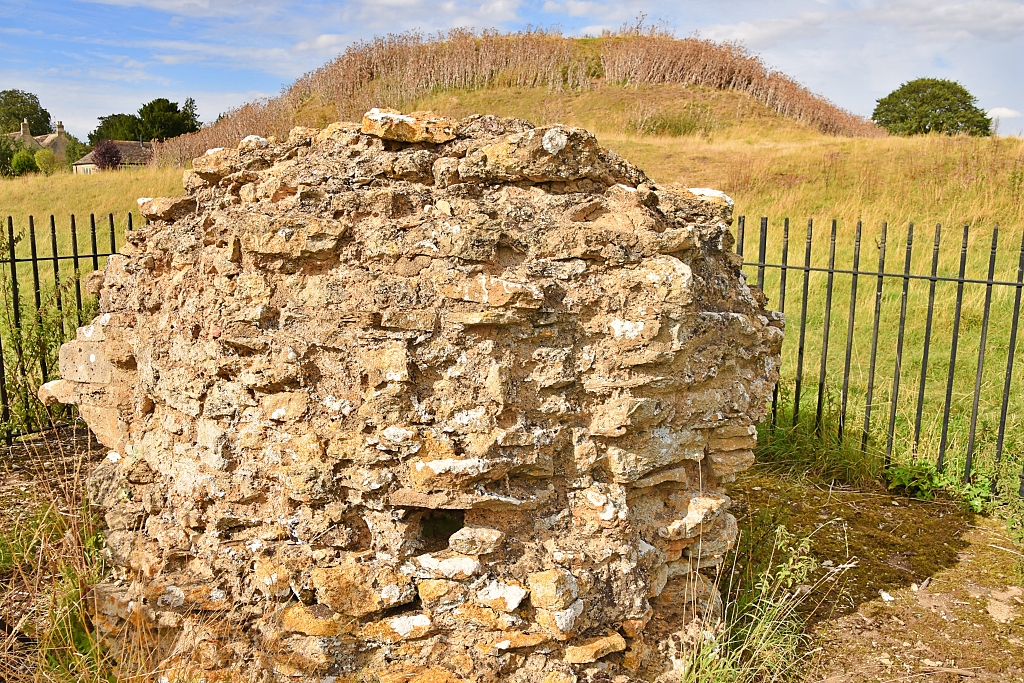 Part of Fotheringhay Castle Keep
Part of Fotheringhay Castle Keep © essentially-england.com
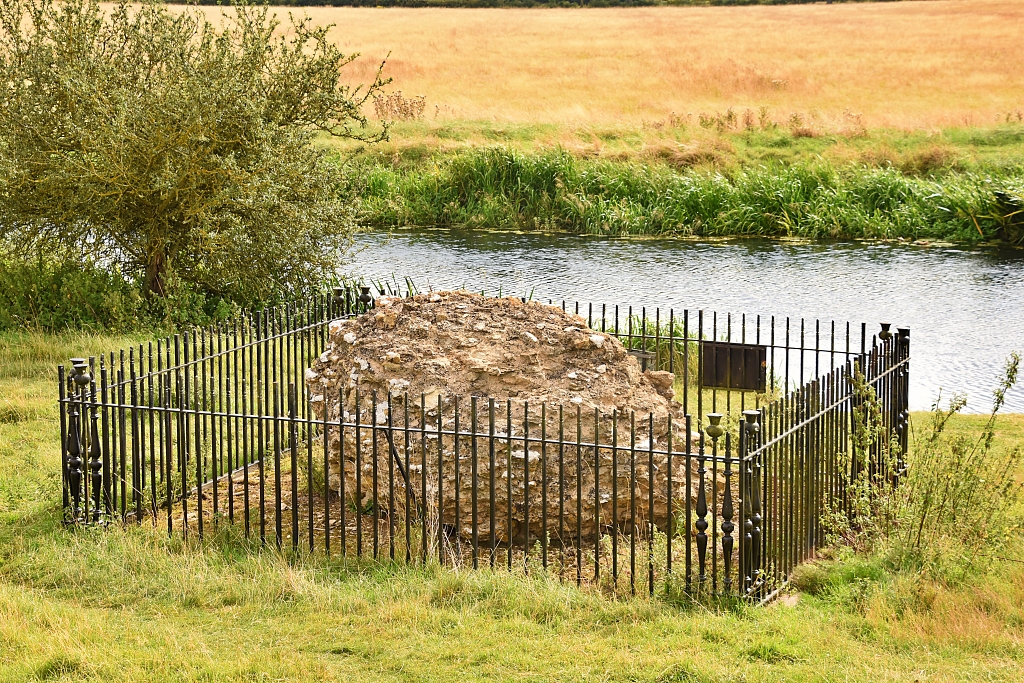 Fotheringhay Castle Masonry Next to the River Nene
Fotheringhay Castle Masonry Next to the River Nene © essentially-england.com
Visiting Fotheringhay Castle
The castle can be found down a signposted footpath between Castle Farm Guest House and the “New Inn”, now a private home, on the sharp bend as the road goes through the village. The site is free to enter and open during day light hours. Use the postcode PE8 5HZ in your SatNav and park carefully along the street.
To get the best out of your visit make sure you walk through the village to St. Mary and All Saints Church, and possibly add a pub lunch at the very popular Falcon Inn.
Or you could try our 5-mile circular Fortheringhay walk to discover more about this pretty part of the Nene Valley.
Northamptonshire Holiday Cottages
Northamptonshire is a largely rural county in the centre of England, renowned for shoemaking, stunning countryside, and very pretty villages. It makes a great place for walking and cycling and is ideal for a relaxing holiday or short break.
Below, we've collected some holiday cottage ideas. Personally, I would love to stay in Stoke Bruerne, right next to the canal. Stoke Bruerne is a friendly, pretty village with a couple of pubs, an Indian restaurant, and easy walking from the door.
To browse holiday cottages in other parts of England click here, or you could use our Booking.com search box.
